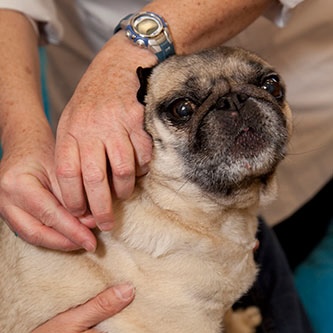
Dog Services
From puppy appointments to senior care, we’ll support you and your pup through their whole lifespan with integrated veterinary medical care to keep their tail wagging.
Enriching the lives of Pets and People.
Learn More
Enriching the Lives of Pets and People
Our Mission


Harmony Vet believes in a balanced approach to veterinary care with longer appointment times in order to integrate all appropriate therapeutic options from both traditional and complementary medicine. Our medical team focuses on the whole pet and the maintenance of overall health, rather than treating a single disease. We create a partnership between you, your pet, and our medical staff to provide your pet with individualized care to create the highest quality of life possible.


We value client education; it is key to the success to your pet’s health. We create individualized care plans for your pet and include you as a partner in the care team

We are your neighbors. Our team lives and is involved in their local communities in and around Arvada to enrich the lives of pets and people.

Your pet’s comfort is our top priority. Gentle, compassionate, low stress care is provided to every patient.

Through the healing touch of compassionate care, our medical team provides high quality treatments tailored to the individual patient.


Our pet hospital offers the following services for dogs and cats of all breeds, ages, medical conditions and lifestyles:
